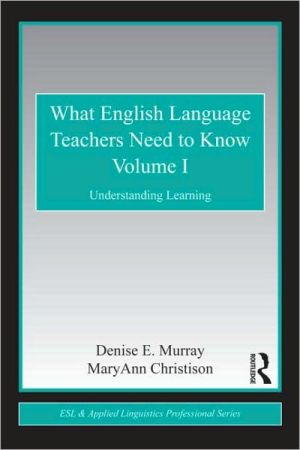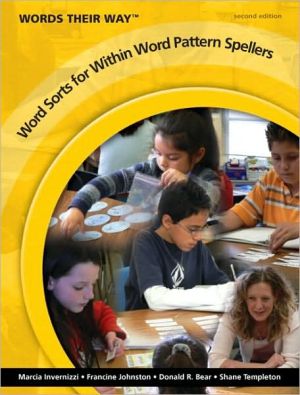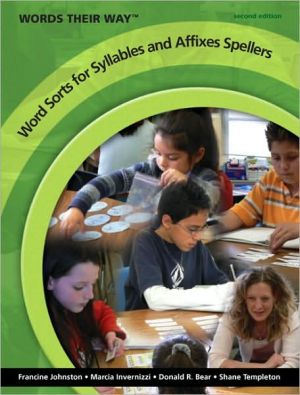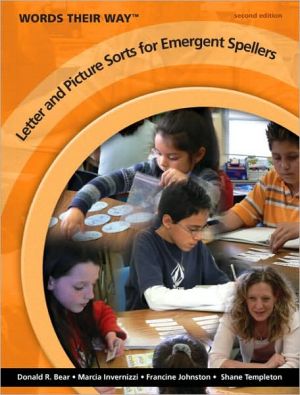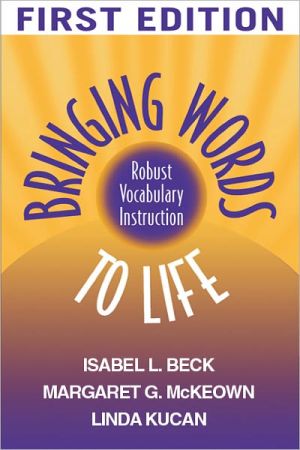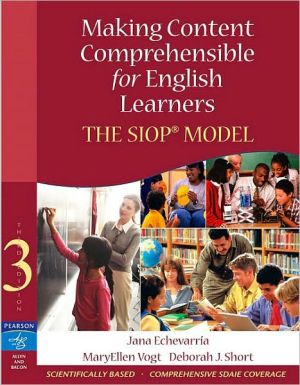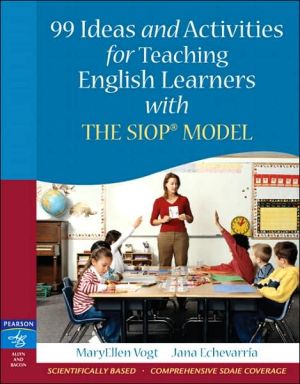What English Language Teachers Need to Know Volume I: Understanding Learning
"Designed for pre-service teachers and teachers new to the field of ELT, these companion textbooks are organized around the key question: What do teachers need to know and be able to do in order for their students to learn English? All English language teachers need to understand the nature of language and language learning, and with that understanding they need to be able to facilitate student learning." "Volume I, on understanding learning, provides the background information that teachers...
Search in google:
Designed for pre-service teachers and teachers new to the field of ELT, Volume I and its companion textbook, Volume II, are organized around the key question: What do teachers need to know and be able to do in order for their students to learn English? All English language teachers need to understand the nature of language and language learning, and with that understanding they need to be able to facilitate student learning.Volume I, on understanding learning, provides the background information that teachers need to know and be able to use in their classroom:the characteristics of the context in which they workhow English works and how it is learned their role in the larger professional sphere of English language education Volume II, on facilitating learning, covers the three main facets of teaching: planninginstructingassessing.The focus throughout is on outcomes, that is, student learning. The texts work for teachers across different contexts (countries where English is the dominant language, one of the official languages, or taught as a foreign language); different levels (elementary/primary, secondary, college or university, or adult education), and different learning purposes (general English, workplace English, English for academic purposes, or English for specific purposes).
PrefaceAcknowledgementsPart I Identity and Context 11 Learner Identities 3Introduction 4What is Identity? 5The Classroom as a Site of Identity Formation 10Conclusion 13Questions for Discussion 13Note 14References 142 The World of English 16Introduction 16Language Variation 17Who is a Native Speaker? 20The Legacy of Colonialism 22Nonnative: English-speaking Teachers (NNESTs) 23Conclusion 26Questions for Discussion 26Notes 26References 273 English Language Learning Around the World 29Introduction 30The Inner Circle 30The Outer and Expanding Circles 36Conclusion 40Questions for Discussion 40Notes 40References 404 The Cultural Context 43Introduction 44What is Culture? 44Roles of Teachers and Learners 49Conclusion 51Questions for Discussion 52Notes 52References 525 Learning about Identity and Setting 54Introduction 55Getting to Know the Institution 56Getting to Know the Community 59The Classroom as a Resource 63Conclusion 66Questions for Discussion 67Notes 67References 67Part II Language Awareness 696 The Sound System 71Introduction 72The International Phonetic Alphabet 73Articulatory Phonetics 75Describing Consonants 75Describing Vowels 81Suprasegmental Features 83Phonology 86Conclusion 88Questions for Discussion 88Note 89References 897 The System of Words 90Introduction 91Language Families 92The History of English 93Classifying Morphemes and Words 97Morphology and English Spelling 100Morphological Typology 101How New Words are Created 101Conclusion 103Questions for Discussion 103Notes 103References 1048 The Sentence System 105Introduction 105Subconscious Knowledge 107Sentence Classification and Construction 108The Meaning of Sentences 110Voice 112Parts of Speech or Lexical Categories 112Phrases 117Other Types of Clauses 119Conclusion 119Questions for Discussion 120References 1209 Beyond the Sentence: Spoken and Written Language 121Introduction 122Spoken and Written Language Differences and Similarities 123Spoken Language 127Written Language 132Conclusion 134Note 134References 134Part III Learning 13710 Theories of Learning 139Introduction 140Transfer of Learning 142Modeling 144Chunking 145Principles of Learning 146Conclusion 149Questions for Discussion 150Notes 150References 15011 An Introduction to Second Language Acquisition 153Introduction 153Key Historical Developments/in SLA 155First Language (L1) Acquisition 161Universal Grammar 162Conclusion 165Questions for Discussion 166Notes 166References 16612 Second Language Acquisition and Second Language Pedagogy 169Introduction 169Methods of Researching Language Learning in Classrooms 170Areas of Investigation in Pedagogical Research 171Attitude 175Motivation 176Conclusion 177Questions for Discussion 178Notes 178References 17813 Learning Theories in the Classroom 182Introduction 183Learning Strategies 183Preferred Ways of Learning 184Learning and Intelligence 188Cooperative Learning 190Conclusion 192Questions for Discussion 192Notes 192References 193Part IV Professionalism 19514 Sustaining Professionalism 197Introduction 198Issues in Sustaining Professional Development 199Traditional Approaches to Professional Development 200Reflective Approaches to Professional Development 202Volunteerism 206Advocacy 208Learning About Leadership 209Conclusion 210Questions for Discussion 213Note 214References 214Index 217
